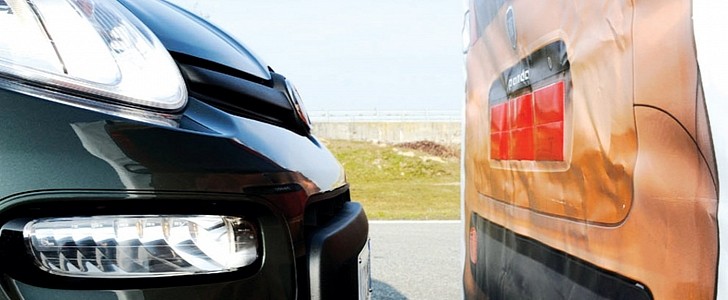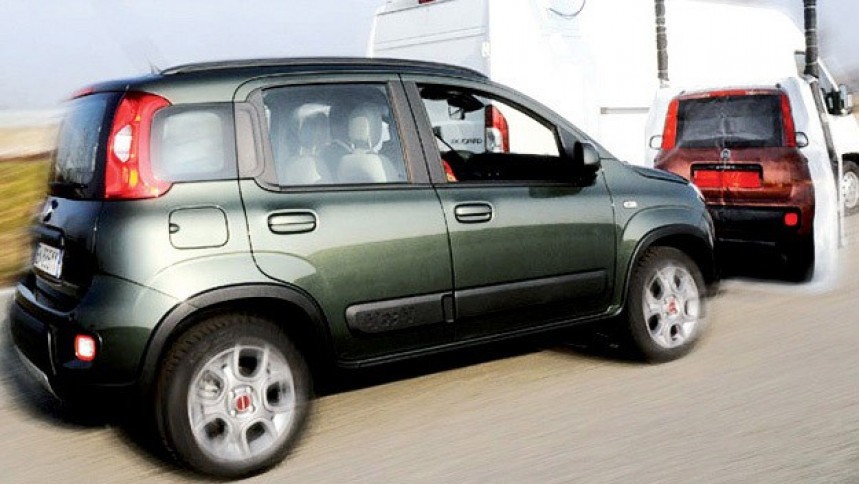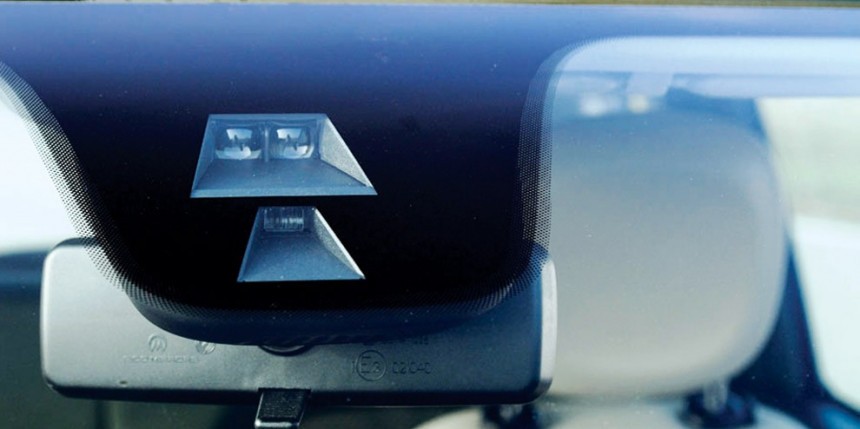A patent for an automatic RADAR-based anti-collision system was filed in the U.S. way back in 1954. Its modern iterations, which made use of laser sensors, only hit the streets in the mid 2000s, with the Volvo City Safety and the Mercedes-Benz PRE-SAFE Brake leading the pack.
Fiat’s remarkable first was to make a version inexpensive enough to be outfitted on small “budget” cars like their Fiat 500 and the 2013 Panda. As mentioned above, the system worked well enough for an award from independent testers. But how exactly did it work?
A lidar -- which is an acronym for the self-explanatory “Light Detection and Ranging” – placed at the top of the windscreen scans an area some 40 ft (12 m) in front of the vehicle. The effective boresight angle is wide enough to monitor the width of a lane at that distance for cars and car-sized objects.
A computer calculates the chances for a collision with objects in front, and without any action from the driver, reacts in three stages. Initially, it only pre-fills the brake lines to allow the human occupant a quicker response. If the collision is still imminent, it boosts braking pressure via the hydraulic brake assist function to decrease braking distance.
Parenthetically, we find the lack of direct override for the first two stages quite a nice touch, since the feeling of losing control of your car to a machine is seldomly pleasant. But finally, the system will brake on its own, reprimanding drivers with a buzz and light signal for their inaction.
There is an option for the system to be switched on and off by the driver during travel, but it will always turn itself on automatically when the car starts.
Meant to safeguard against collisions in city driving, the system only works for speeds between 5 and 35 kph (22 mph), where most fender-benders happen. The pressure it applies on the brakes varies according to current speed. From 5 kph to 20 kph, the maximum deceleration will not surpass 1g, or 10ms-2; for speeds up to 35kph, that figure changes to 6ms-2.
As for the limitations, City Brake Control will have its efficiency decreased by poor atmospheric conditions like heavy rain and fog, or anything else that obstructs the laser, such as dirt on the windshield. It will have no problem beaming through the darkest night, of course, as long as the air is reasonably clear.






